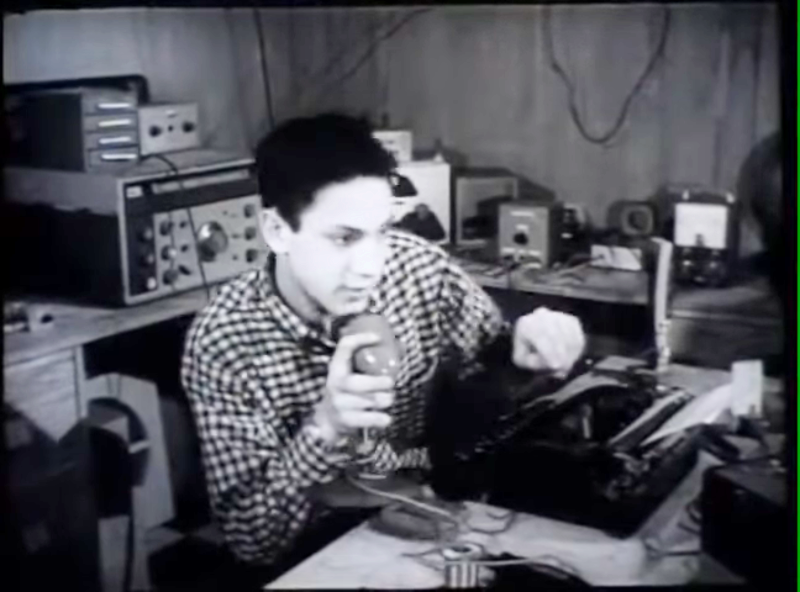Retrotechtacular: Voice Controlled Typewriter Science Project in 1958 [Hackaday]

Hackaday readers might know [Victor Scheinman] as the pioneer who built some of the first practical robot arms. But what was a kid like that doing in high school? Thanks to a film about the 1958 New York City Science Fair, we know he was building a voice-activated typewriter. Don’t believe it? Watch it yourself below, thanks to [David Hoffman].
Ok, we know. Voice typing is no big deal today, and, frankly, [Victor’s] attempt isn’t going to amaze anyone today. But think about it. It was 1958! All those boat anchor ham radios behind him aren’t antiques. That’s what radios looked like in 1958. Plus, the kid is 16 years old. We’d say he did pretty darn good!
Not that he didn’t continue to do well. His project earned him a spot at MIT, worked for Boeing, NASA, and Stanford. You can read an interview from 2010 that sums up many of his experiences. In 2016, [Victor] passed away, but his legacy lives on not only in this newsreel footage but in robot arms today that still bear a striking resemblance to his MIT Arm.
The film is not very detailed about exactly how the typewriter worked. But it only recognized letters, and maybe not all 26 letters at that. We have a feeling that analog filters picked up the differences in a few letters (the COND BANK block on the chalkboard) and triggered a solenoid to strike the key. There are two amplifiers feeding that block from one microphone, so maybe there was a bit of a phase delay to pick up two frequencies. Or perhaps one was just an analog threshold trigger to figure out you were actually talking.
But we aren’t sure. In a eulogy written by [Victor’s] friend [Harvey Cohen], we can read:
For this purpose he adapted electromagnets to actuate the keys of a manual typewriter. The user spoke into a microphone, and the signal was classified (as A, B, C, … etc) by analogue circuity. This was in 1959… Understandably — this project won for Vic a Science Prize — and entry into MIT…In discussions I once had with Vic he reported the (analogue) algorithms he devised were in fact essentially the same as were then being developed in the early AI Labs.
So maybe there was more to it than we thought. But, regardless, it was quite an accomplishment.
A 2016 attempt at doing something similar has the benefit of nearly 60 years of progress behind it. If you don’t mind sharing your speech with Google or Amazon, such a project now is downright simple.

![retrotechtacular:-voice-controlled-typewriter-science-project-in-1958-[hackaday]](https://i0.wp.com/upmytech.com/wp-content/uploads/2023/04/117833-retrotechtacular-voice-controlled-typewriter-science-project-in-1958-hackaday.png?resize=800%2C445&ssl=1)